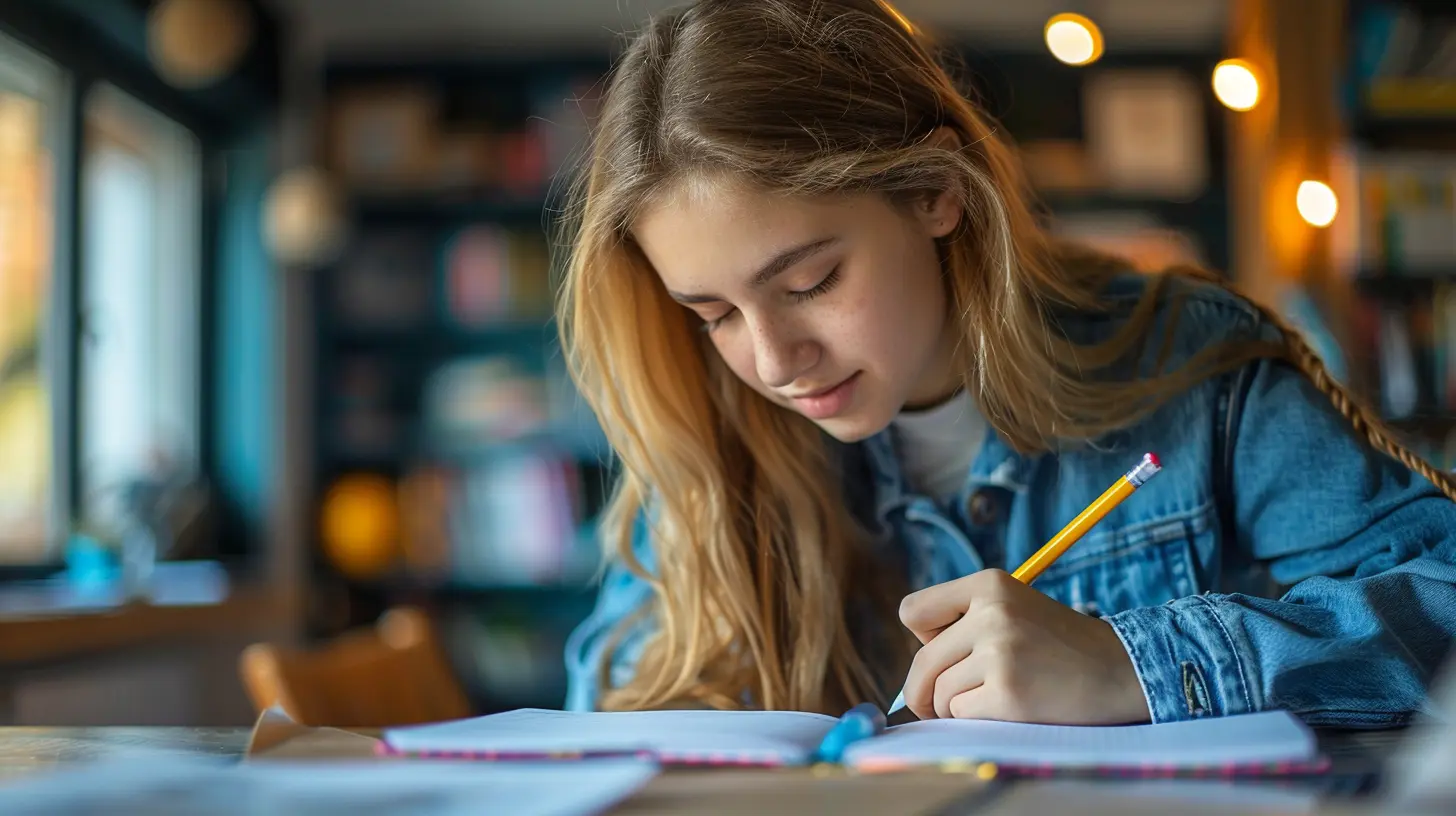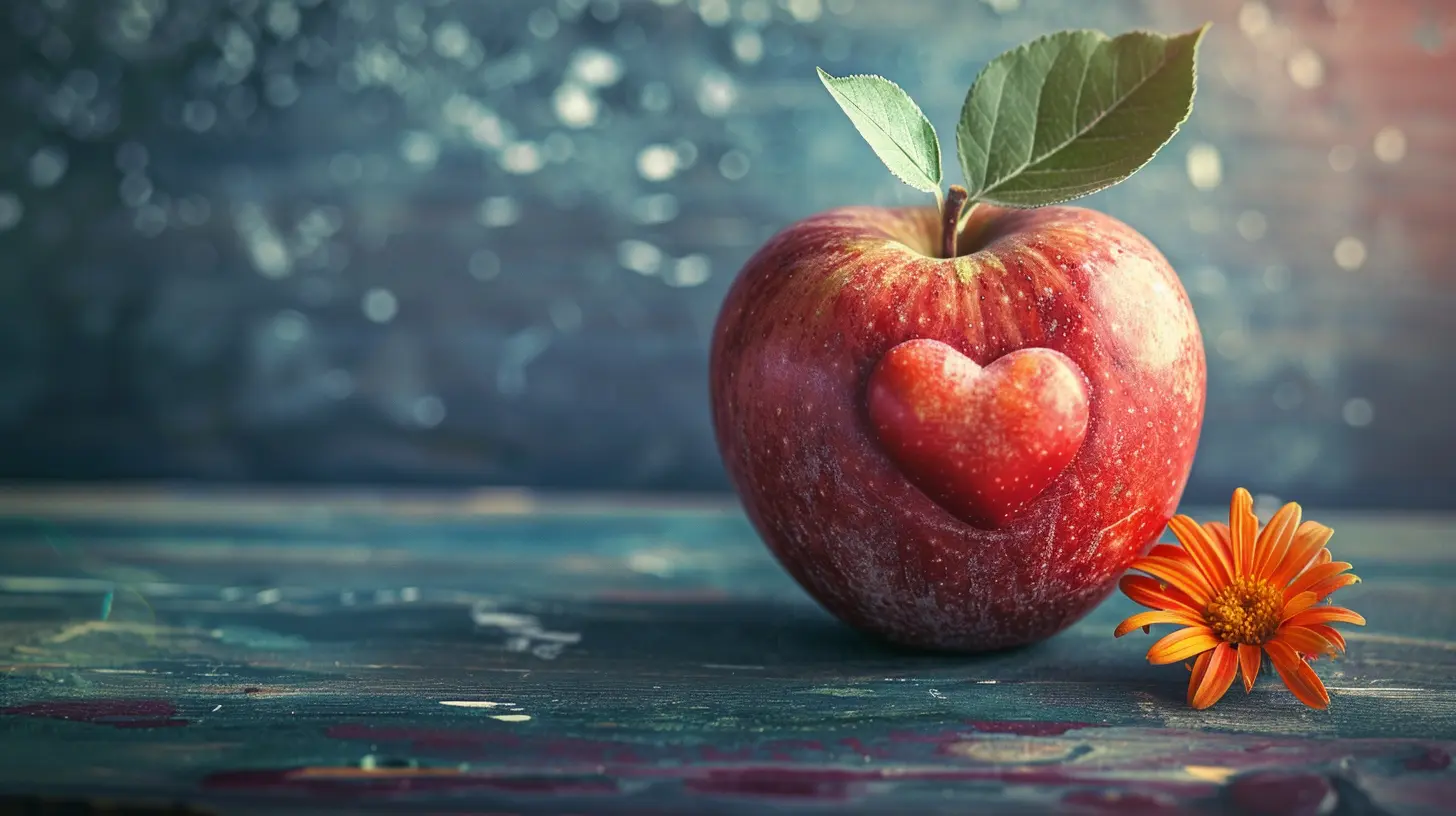The Impact of Gratitude on Student Performance
14 November 2025
Have you ever noticed how students who express appreciation or who simply have a positive outlook seem to do better in school? It’s not just a coincidence. Gratitude, that simple act of recognizing and appreciating the good in life, can have a surprisingly powerful effect on student performance—both academically and emotionally.
In this article, we’re diving deep into how gratitude shapes student success. No fluff, just real talk about how a thankful mindset can change the game for students of all ages.
What Is Gratitude, Really?
Let’s break it down. Gratitude isn’t just saying "thank you" when someone hands you a pencil—it’s a whole mindset. It’s about recognizing the good stuff in life, even when things get tough. Think of it like putting on glasses that make you focus on the positives rather than what's missing.More than a feeling, gratitude is a habit, a way of seeing the world that helps students feel more connected, optimistic, and grounded. It’s like a mental anchor, keeping them steady amid the wild waves of school life.
The Link Between Gratitude and Academic Success
You might be wondering—how does saying “thanks” boost GPA? Let’s unpack that.1. Boosts Motivation
Grateful students often feel more connected to their teachers, peers, and learning environment. This connection creates a sense of purpose and motivation. When students appreciate learning opportunities, they’re naturally more eager to engage.They show up, they ask questions, and they push through challenges. Why? Because they value the chance to be there—a simple but powerful shift.
2. Enhances Focus and Attention
Practicing gratitude rewires the brain. Studies show it can spark activity in the prefrontal cortex—the area responsible for decision making and focus. So, instead of drifting off or scrolling through TikTok during study time, grateful students are more likely to stay locked in.It's like giving your brain a cup of mental coffee. You're suddenly more alert, aware, and ready to tackle that math homework.
3. Reduces Stress and Anxiety
Let’s face it—school can be stressful. Tests, deadlines, peer pressure… it adds up. Gratitude acts like a pressure valve. It helps students focus on what’s going right instead of spiraling into what’s going wrong.Less stress means better memory retention, sharper thinking, and stronger academic performance. It’s like decluttering a messy mental desk so you can finally get work done.
Emotional Benefits of Gratitude in the Classroom
Academics are just one piece of the puzzle. Gratitude also plays a huge role in emotional intelligence and well-being.1. Builds Resilience
Grateful students bounce back faster. Whether it's a bad grade or a tough day, they’re less likely to get stuck in negative thinking. Gratitude gives them perspective—it tells them this moment doesn’t define their whole life.It’s like having a mental trampoline. You fall down, but gratitude gives you the bounce to get back up.
2. Strengthens Relationships
Gratitude lights up connections. When students express appreciation—for teachers, friends, or even classmates—they create a positive loop of kindness and respect. Stronger relationships mean better collaboration and fewer conflicts, both of which are gold in a learning environment.Plus, let’s be honest, people just like being around positive energy.
3. Encourages Empathy
When students are focused on what they’re thankful for, they’re naturally more attuned to others. Gratitude gently shifts the focus from “me” to “we.” That creates space for empathy, which builds a supportive learning community.Empathy in the classroom is like oil in an engine. It reduces friction and helps everything run more smoothly.
Practical Ways to Cultivate Gratitude in Students
Here’s the best part—you can teach gratitude. It’s not some magic trait you’re born with. It’s a skill, and like any skill, it gets stronger with practice.1. Start a Gratitude Journal
Encourage students to write down three things they’re grateful for every day. It could be big (like passing a test) or tiny (like getting an extra cookie at lunch). The key is consistency.Over time, their brains begin to scan for the good, even on rough days. That’s powerful.
2. Share "One Good Thing”
Begin or end each class by going around the room and having students share one good thing from their day. It sets a positive tone and reminds everyone of the little joys we often overlook.Think of it as a gratitude warm-up before diving into the day’s lesson.
3. Encourage Thank-You Notes
Old school? Maybe. Effective? Absolutely.When students write thank-you notes to someone who helped them—a teacher, a peer, even a bus driver—it not only boosts their mood but also strengthens relationships in the school community.
4. Lead by Example
Teachers and parents, this one’s for you. Students pick up on what we do more than what we say. So, model gratitude. Say thank you to students. Acknowledge effort. Appreciate the small wins.You’re not just teaching math or history—you’re showing them how to see the world.
Gratitude and Long-Term Academic Growth
Okay, so we’ve talked short-term benefits—but gratitude isn’t just about getting through the next test. It lays the foundation for long-term academic and life success.Encourages Growth Mindset
Gratitude feeds a growth mindset. When students feel thankful for the chance to learn—even from failures—they start to see challenges as opportunities instead of roadblocks.Rather than saying “I’m bad at this,” a grateful student might say, “I’m glad I can try again.” See the difference?
Promotes Lifelong Learning
Grateful students recognize the value of education beyond grades or approval. They start engaging with learning on a deeper level, finding intrinsic motivation. This sets the stage for curiosity, innovation, and lifelong learning.It's like planting a seed that grows way beyond the classroom walls.
Common Questions About Gratitude and Student Performance
Let’s tackle a few questions that might be floating around in your head.Is Gratitude a Distraction from Studying?
Not at all. In fact, it sharpens focus. Gratitude clears mental clutter and helps students approach studying with a clear, present mindset.What if a Student Doesn’t Feel Grateful?
Totally normal. Gratitude isn’t about pretending everything’s perfect. It’s about finding something, even on hard days. A smile, a kind word, a sunny afternoon. Over time, this habit becomes easier and more natural.Does Gratitude Replace Hard Work?
Nope. Gratitude fuels hard work. It helps students stay positive and resilient, making it easier to show up and give their best, even when school gets tough.Bringing Gratitude Into Curriculum and School Culture
Gratitude isn’t just a student responsibility—it’s something schools can actively weave into their culture.Gratitude Projects
Organize school-wide projects, like creating a gratitude wall where students can post notes of appreciation, or hosting a “Kindness Week.” These small initiatives promote a culture of thanks and togetherness.Social-Emotional Learning (SEL)
Include gratitude in SEL lessons. Whether it’s through storytelling, journaling, or group activities, gratitude fits naturally into conversations about emotions, relationships, and self-awareness.Parent Involvement
Loop parents in. Encourage families to talk about gratitude at home. A simple dinner table tradition of sharing “the best part of your day” can go a long way.Final Thoughts
Gratitude isn’t a magic wand—but it might be the closest thing we have to one. It doesn’t cost a dime to practice, but the returns are huge: better grades, stronger relationships, more resilience, and a deeper love of learning.Whether you're a student, teacher, or parent, making space for gratitude can transform not just academic performance, but the entire educational journey.
So next time you're feeling overwhelmed or stuck, take a second and ask yourself: What’s one thing I can be grateful for right now?
It might just change everything.
all images in this post were generated using AI tools
Category:
Student SuccessAuthor:

Madeleine Newton

